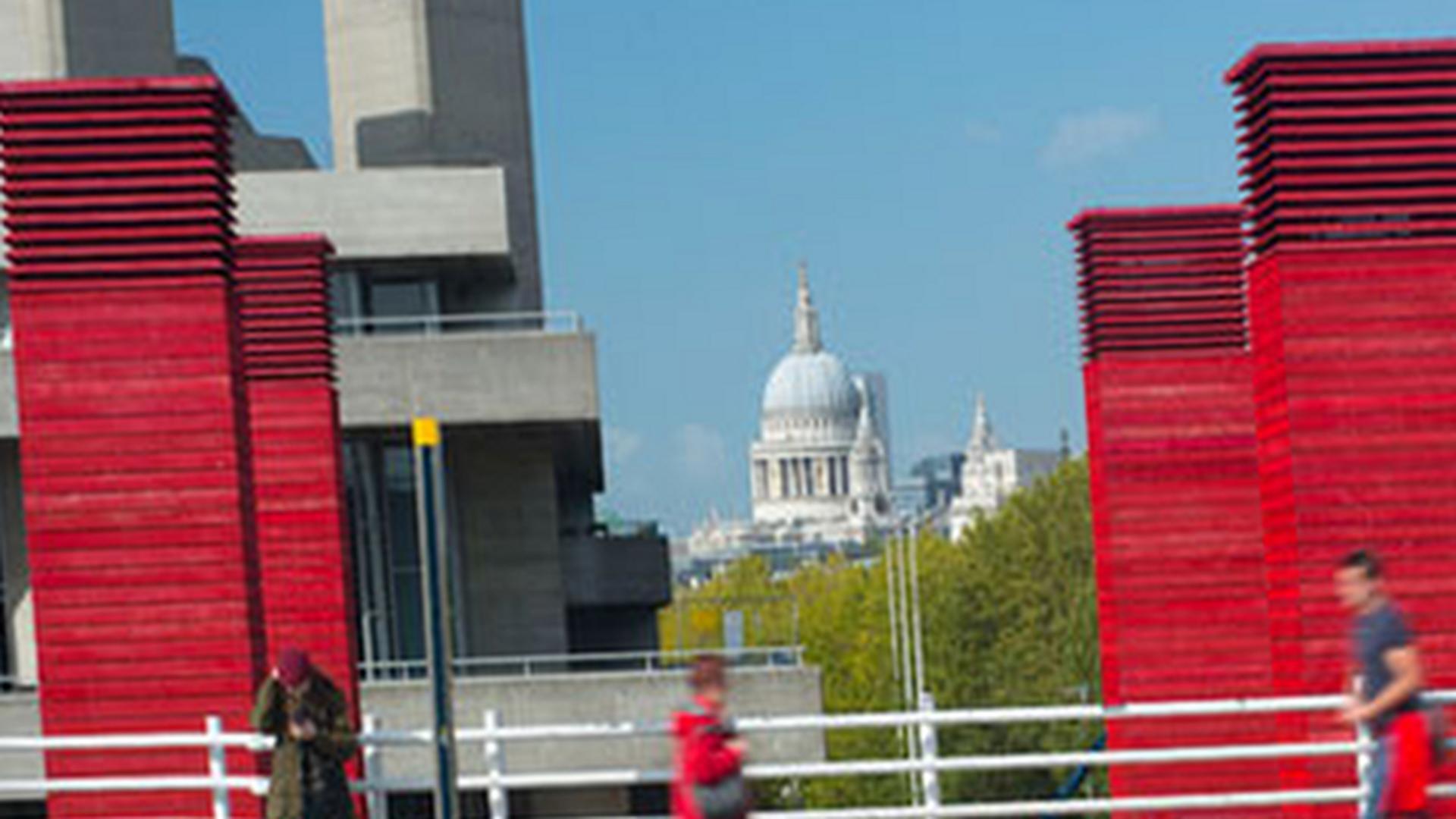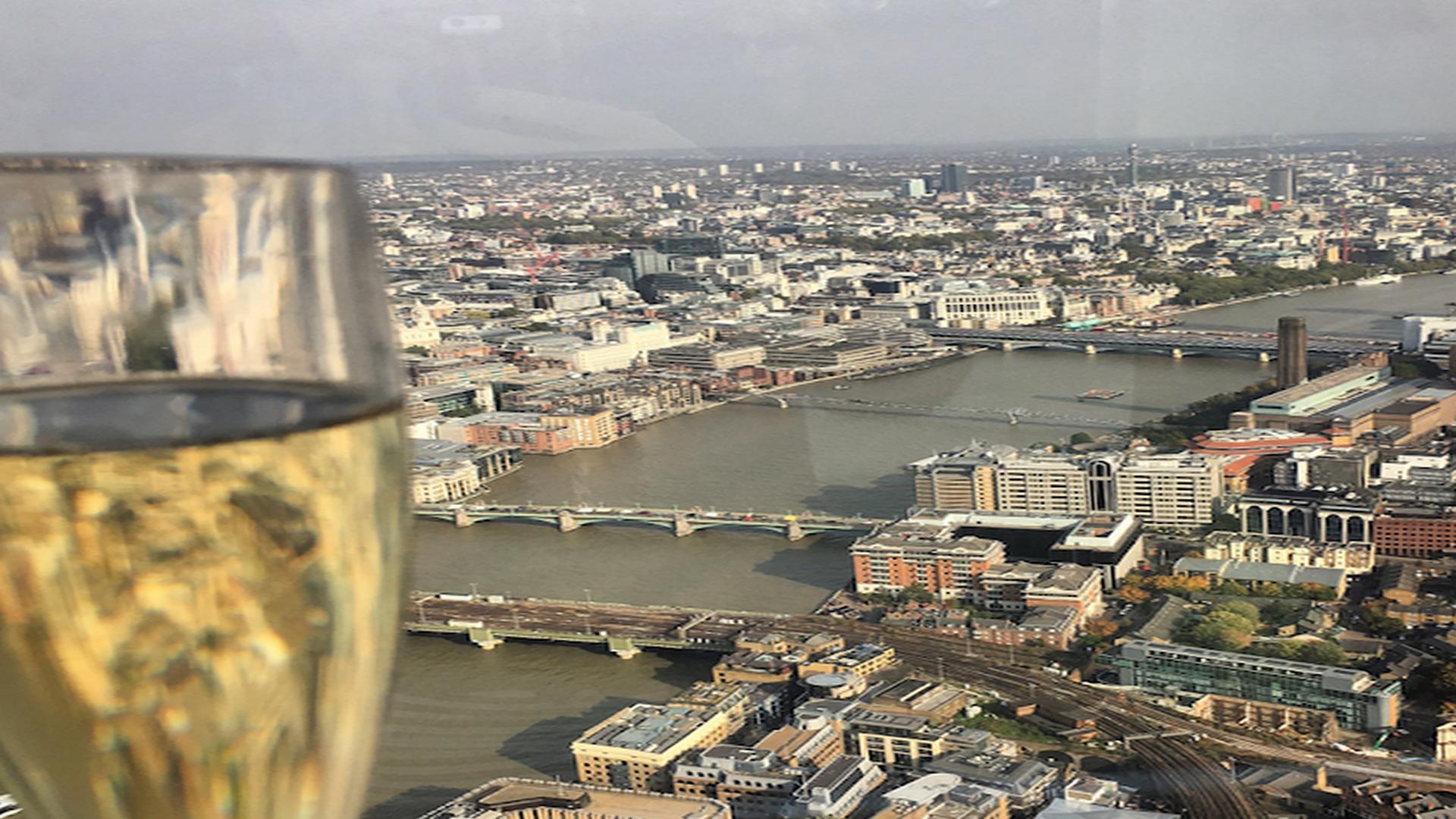Student Guide To Kings College
/student-guide-to-kings-college
Faculty Of Arts And Humanities
It emerged in the lateth century as the Department of English Language and Literature, before expanding to include modern languages, literatures and cultures, dramatic arts, music, history, philosophy, theology and other specialised subjects. It was formed in 1989 following the amalgamation of two distinct departments—Arts (English literature and linguistics, modern languages) and Theology (philosophy and history of religions). The Faculty has been known as Humanities since 2009; it is housed in the Castell Henllys building next to the Philosophy department.
Edinburgh has a long-established reputation for excellence in the arts and humanities, This Week In London (thisismargate.co.uk). Research centres, institutes, museums and galleries contribute to a vibrant intellectual community while the Student's Union plays host to a number of working groups supporting student-led activities. The faculty includes numerous world-leading research centres, particularly in the areas of Scottish History and genetic epidemiology. The Institute of Advanced Studies is a world-leading centre for research into historical records and the development of online archives.
The university's independent Centre for the Study of the Renaissance makes it one of the world's top universities for the study of the Renaissance. Center director Professor Dame Jocelyn Chey ffi suggested that "the fact that so many Prime Ministers come out of Oxford is a sheer coincidence, although it does show we produce pretty able people. ". It was established with three constituent departments: Comparative Literature, English and History. These two have since been merged into a single Department of Literature, Languages and Linguistics whilst the original Departments of Music and Theology have become the Schools of Music and Theology and Religious Studies respectively.
Faculty Of Life Sciences And Medicine
The Faculty of Life Sciences and Medicine brings together over 1,400 researchers whose discoveries make fundamental contributions to society in the fields of agriculture, food and drink, human health, biotechnology and the environment. It has grown to become one of the leading Faculties at the University based on research income from Government and charitable sources. University departments include the Faculty of Life Sciences and Medicine – which includes the School of Medicine and Department of Biomedical Sciences.
The Faculty is also joined by the Faculties of Animal and Plant Sciences, the Faculty of Health and Life Sciences, Faculty of Graduate Studies, Faculty of Science, Faculty of Social Science, Arts and Humanities. The Faculty of Life Sciences and Medicine is one of the Faculties that make up Kingston University. It offers a range of degrees including Biology, Sports Science, Health Studies, Medicine and Dentistry as well as many interdisciplinary programmes. The Faculty is based at the heart of the campus in Penrhyn Road and its main elements are.
The Faculty of Life Sciences and Medicine is a collegiate faculty in the University of Manchester. Life Sciences encompasses some thirty research and clinical academic departments, as well as 200 specialist research groups located across the Greater Manchester area. The Faculty is home to almost 7,000 students and 900 members of staff including approximately 400 academic staff. There are currently various courses offered at the Faculty, spread out over three schools as well as the Developmental Medicine Centre.
Faculty Of Natural, Mathematical & Engineering Sciences
The Faculty is home to Applied Mathematics, Astrophysics, Biology, Chemistry, Civil Engineering and Computing Science & Physics. It has over 350 staff including 218 academic staff and a total student population of 3527. The Faculty is based in the most northerly part of the University's main campus, in close proximity to both the Moffat and Reid Schools of Music. Buildings in this area include the Sir William Sutherland Building, Physics Building (containing physics teaching laboratories), Gregory House (containing biology teaching laboratories), MacLehose Building (containing chemistry teaching laboratories), the former Caird Hall complex (containing biology offices and the Ecology Centre) [.
]. The Faculty houses a number of core disciplines and research interests including astrophysics, chemistry, climate science and geography. In addition, we also conduct applied research in climate change mitigation and adaptation through our links with the Lancaster Environment Centre a physical building used by academics, postgraduate students and researchers to study various aspects of global warming and development relating to the environment. These are. The Faculty of Arts and Humanities is divided into two schools: the School of Culture and Creative Arts; and the School of Languages, Linguistics and Creative Writing.
Faculty Of Social Science And Public Policy
Centre for Climate Change Economics and Policy (CCCEP) – established jointly with the London School of Economics and Political Science in 2001, CCCEP was the University's first research centre providing focused, interdisciplinary research across climate change policy. In 2014, it began a partnership with the Grantham Research Institute on Climate Change and the Environment (an independent research centre at LSE), enabling a new Master of Science degree to be run. Following restructuring in 2016, CCCEP is now an independent research centre within the Faculty of Social Science and Public Policy at LSE.
Its remit has also broadened to include all environmental sustainability issues related to economic growth and development. In January 2006 the Centre for Analysis of Social Exclusion (CASE) was established as a joint initiative between London School of Economics and the University of York. The centre's co-directors are Nobel Prize winner Professor Sir James Mirrlees, Thomas Picketty and Sir Anthony Atkinson. The purpose of CASE is to conduct high quality research into the causes, extent and consequences of social exclusion – both in the UK and as a comparative phenomenon elsewhere.
Sociology; Government; Politics; and Social Policy. The latter two have always existed, but the first two are much younger and have only taken their present form since 2016. The Faculty has over 40 full-time members of staff, including a number of Professors and Readers and sixteen other members of academic staff with a variety of responsibilities. The CESR is one of the largest and most influential UK research centres focusing on policy issues. The Centre’s work spans a broad range of issues, from personal identity and human values, to culture, arts, media and sport.
Florence Nightingale Faculty Of Nursing And Midwifery
The Florence Nightingale Faculty of Nursing and Midwifery forms part of King's College London, one of 17 'pre-eminent'Russell Group universities in the UK. King's is consistently ranked among the leading research institutions globally. It provides relevant research-based teaching, as well as developing practice-orientated programmes of learning and teaching. The Florence Nightingale Faculty of Nursing and Midwifery is the nursing school at King's College London (KCL) in the UK. It is one of the world's leading schools for nursing research and education.
Today, it is named after Florence Nightingale, a pioneer in public health who founded modern nursing. The Florence Nightingale Faculty of Nursing and Midwifery (FN) is the professional school for nurses and midwives in the United Kingdom. It offers undergraduate, postgraduate and continuing professional development programmes for nurses, midwives, physician associates and healthcare assistants. The Florence Nightingale Faculty of Nursing and Midwifery is a school for nurses and midwives. It also carries out nursing research and provides continuing professional development and postgraduate programmes.
Institute Of Psychiatry, Psychology And Neuroscience
The IoPPN is based in Central London on the Southbank. It is part of King's College London, and has over 900 staff in six divisions: Division of Psychiatry, Division of Neurobehavioural Science, Division of Imaging Sciences, Division of Clinical Neuroscience, and The Maudsley Hospital. The IoPPN is home to the National Institute for Health Research (NIHR) Biomedical Research Centre for Mental Health, which was awarded to King’s in June 2006. IoPPN is a leading research centre in mental health.
It provides psychiatric public services to south London and has some of the best equipment and facilities for research into brain function in the world, This Week In London (thisismargate.co.uk). There are 12 world-leading departments, two NHS trusts and a number of other NHS units on the campus which together employ more than 2,000 people and have over 1,000 Ph. D. students. IoPPN is a multi-disciplinary institution which comprises ten different departments at the forefront of their fields. The department that Dr.
Student Media
KCLSU Student Media is located in the basement of the Strand building and is run and funded by KCLSU. It consists of four main parts KCL Radio, KCL TV, The Newspaper, and SportsLINK Magazine. Alongside these four main sections there is a website that primarily serves as the web home for all four sections. It’s not all beer and sandwiches in the Student Union building; students can call one of the print publications to have their say in the ‘Letters to the Editor.
’ Although it was intended to provoke discussion, The Beaver – KCLSU's students’ newspaper is more of a source for amusing campus gossip, This Week In London (thisismargate.co.uk). KCLSU Student Radio (KCSR) is the campus radio station. It broadcasts on FM and online, and has a programming schedule which includes music shows, news bulletins, entertainment features and specialty programmes. Its studios are located inside the Old War Office building. Student media outlets within KCLSU include: The Beaver, student newspaper, which has won a number of awards as Best University Student Newspaper The Cecil, student magazine, previously known as the Courier and the Cecil.
Waterloo Campus
Waterloo Campus, the newest campus of London South Bank University, is located on Waterloo Bridge, near the Southbank Centre in the London Borough of Lambeth. It is very close to London’s National Theatre, and within easy walking distance of the Houses of Parliament, Big Ben, Westminster Abbey and the Tate Modern. When I first came to LSBU I had no idea what to expect. I had heard a lot about the university but didn’t really know anything about it.
After my first term here at LSBU I can say that it’s been better than I could have ever imagined, This Week In London (thisismargate.co.uk). It has a great location in central London, fantastic facilities and some really friendly staff and students. The campus is bounded by Blackfriars Road and the River Thames on one side, and Bridge Street and Waterloo Road on another. It consists of three main buildings: the Maxwell Building (which houses the School of Management, the School of English and other departments), the FranklinWilkins Building (which houses the Departments of Social Policy & Administration, Government & International Relations, Psychology and other departments) and the Waterloo Bridge Wing Building ("The Bridge") (which houses some administrative offices, including undergraduate admissions).
The Waterloo Campus is the older of the university's two main sites, and has its own library, IT facilities and lecture theatres. It also has a bar and restaurant, and a number of shops on the ground floor of Franklin-Wilkins. The café in Maxwell is also used by students on the Strand Campus. Its buildings are interconnected with those of the Strand Campus by walkways and bridges across East Road. Waterloo Campus has one legal bar, called The Fountain (no relation to the Oxford college), a small shop that is open during business hours, and a bay of Tiffin Rooms.
Most of the university's activity can be found on the Franklin-Wilksins campus, where the majority of the students are housed. The Franklin Wilkins Building is also home to the School of Mathematics, which is the largest mathematics department in the country. Financing for the building was provided by Volkswagen UK and was opened in February 2002. The Waterloo Campus was constructed in two stages with the Maxwell Building being erected first then the Franklin-Wilkins building (renamed John Franklin, one of the founders of IBM, in 2017) being constructed next to it.



